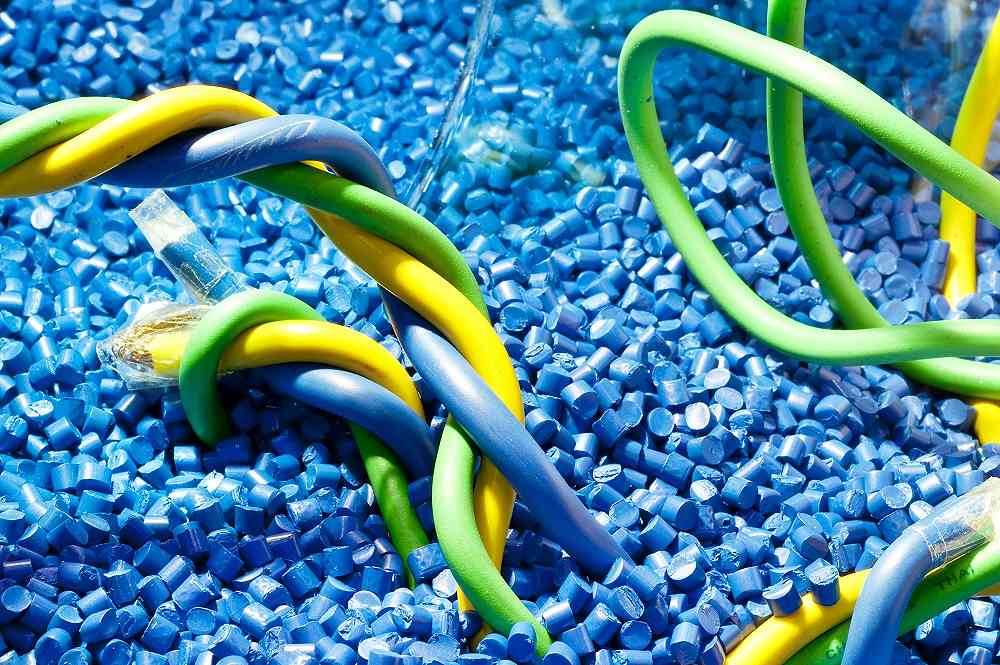Introduction to Green Polymer
Green resins, also known as biopolymers, are polymers that are biodegradable or can be extracted from renewable biomass sources like vegetable oil, microorganisms and animals. They are distinct from conventional petroleum-based plastics in that they minimize environmental impact and reduce dependence on fossil fuels. Some key characteristics of Green Polymer resins include being carbon neutral, renewable, non-toxic and compostable.
Types of Green Polymer
There are several types of green resins that are currently being used or researched for various applications:
Polyhydroxyalkanoates (PHAs): PHAs are a family of bioplastics produced through bacterial fermentation of plant-based sugars or lipids. They are completely biodegradable and can be processed like petroleum-based plastics. Some common PHAs include polyhydroxybutyrate (PHB) and polyhydroxyvalerate (PHV).
Polylactic Acid (PLA): PLA is one of the most widely used bioplastics today. It is made from cornstarch or other starch sources through bacterial fermentation. PLA is commonly used in food packaging, textiles and 3D printing filaments. It is biodegradable and compostable.
Polyamide 11 (Nylon 11): Nylon 11 is a biopolyamide produced from vegetable oil, usually castor oil. It has properties similar to conventional nylon but is completely bio-based and biodegradable. Common applications of Nylon 11 include fiber, films and automotive components.
Polyhydroxyalkanoate-Polyethylene (PHA-PE): PHA-PE blends combine PHA bioplastics with conventional polyethylene to enhance material properties. They can be tuned to be partly biodegradable while maintaining the processability of plastics. Common blend ratios are 30-70% PHA.
Applications and Benefits of Green Resins
As the variety and performance of green resins increases, their applications are expanding across various industries:
Packaging: Bioplastics based packaging made from PLA, PHAs and other green resins replace traditional plastic films, bags, bottles and containers. They are compostable and help reduce plastic waste.
Textiles: Nylon 11, PHA fibers and others are used to manufacture clothing, sporting goods and other textiles with reduced environmental footprint compared to petroleum-based polymers.
Automotive: Car parts made from PHAs, PLA and biopolyamides have lower weight and higher strength properties than traditional plastics. They facilitate lightweight vehicle design for fuel efficiency.
3D Printing: Filaments based on PLA, PHA and other bio-based polymers enable more sustainable 3D printing. They produce parts and prototypes with reduced emissions over petro-based ABS and PEEK filaments.
Medical Devices: PLA and PHA sutures, pins, meshes and implants are biodegradable alternatives to traditional plastics, ceramics and metals used in medical devices and implants. They reduce device retrieval surgery needs.
Some key sustainability benefits of green resins include reduced carbon footprint, renewable sourcing, biodegradability, recyclability and non-toxicity. They present a viable long-term solution to prevent plastic pollution and transition to a circular bioeconomy.
Challenges and Future Outlook
While green resins present an exciting future, there are challenges currently limiting their widespread adoption:
Cost: Production costs of most bio-based plastics are higher than petro-based plastics due to fermentation process and supply chain issues. Economies of scale can reduce costs.
Performance: Many green resins still do not match performance properties of petro-plastics for all applications. Blends and enhanced material properties are being researched.
Infrastructure: Collection, sorting and composting infrastructure needs scaling to effectively manage bioplastic waste at end-of-life and facilitate circularity.
Standardization: Uniform specifications, certifications and definitions related to biodegradability, bio-based content and sustainability claims are required across standards organizations worldwide.
In Summary, the future of green resins looks bright. Global policies are promoting sustainable materials. Huge R&D investments by governments and companies in novel green chemistry technologies will produce high performance bio-based plastics for diverse industries. Commercial production capacities of leading biopolymers will multiply in the coming years. Soon, green resins will become the first choice for applications currently dominated by fossil fuel-based plastics. A more sustainable and circular materials economy is within reach.
*Note:
1. Source: Coherent Market Insights, Public sources, Desk research
2. We have leveraged AI tools to mine information and compile it




